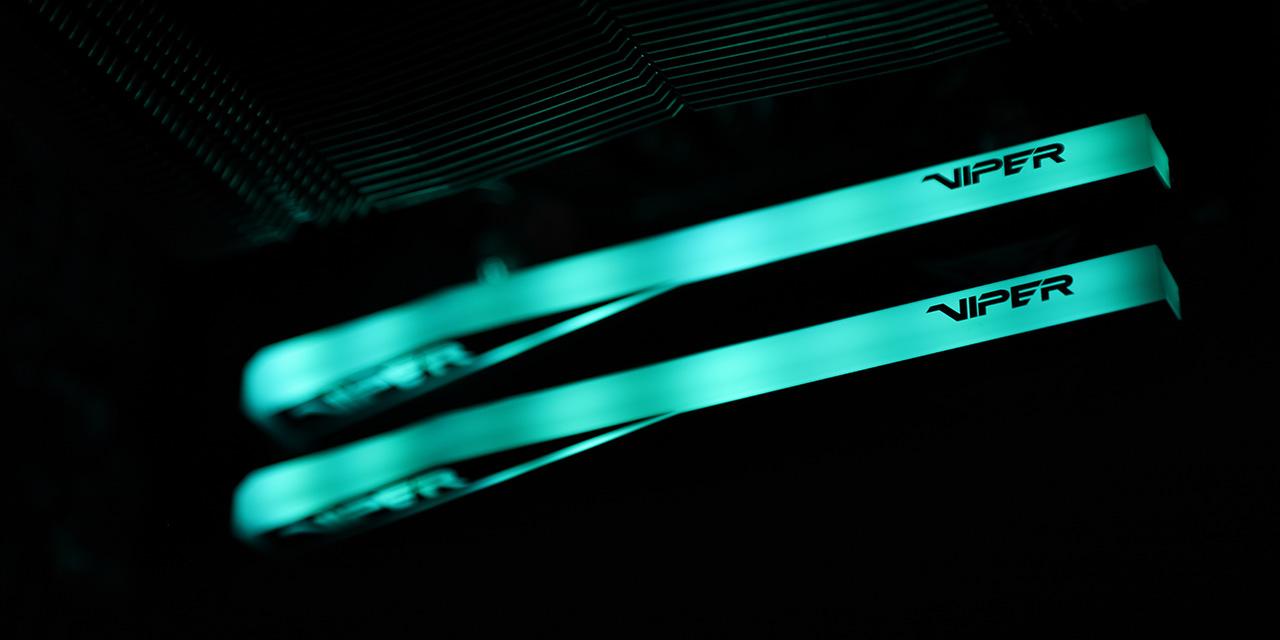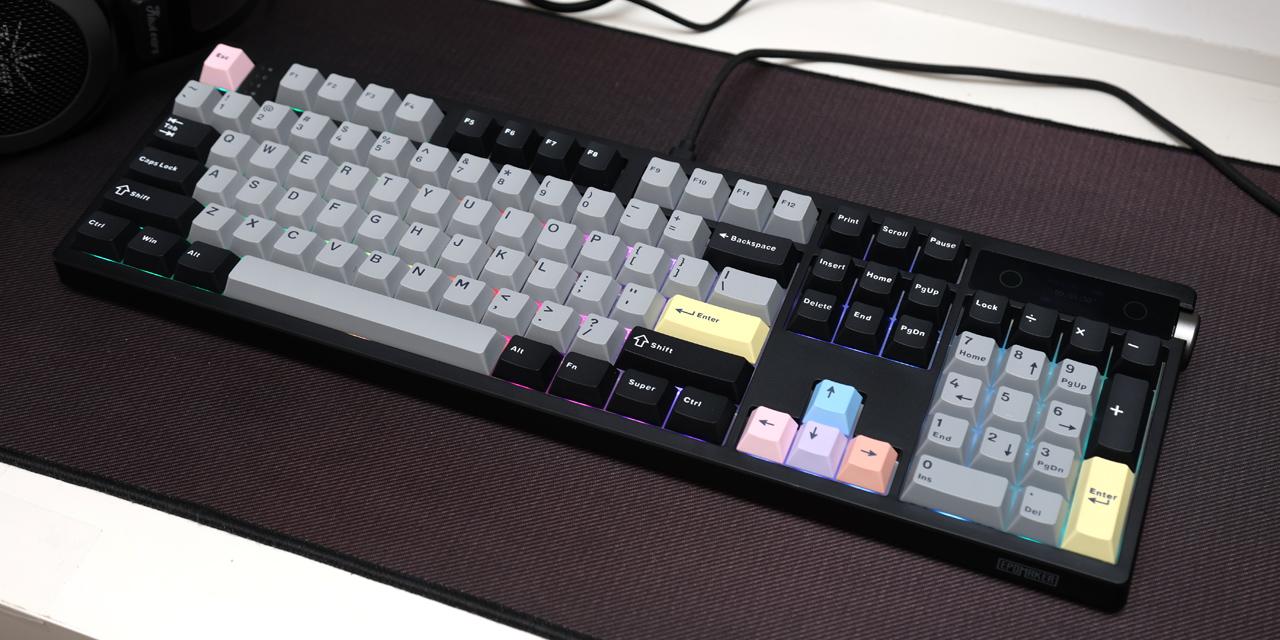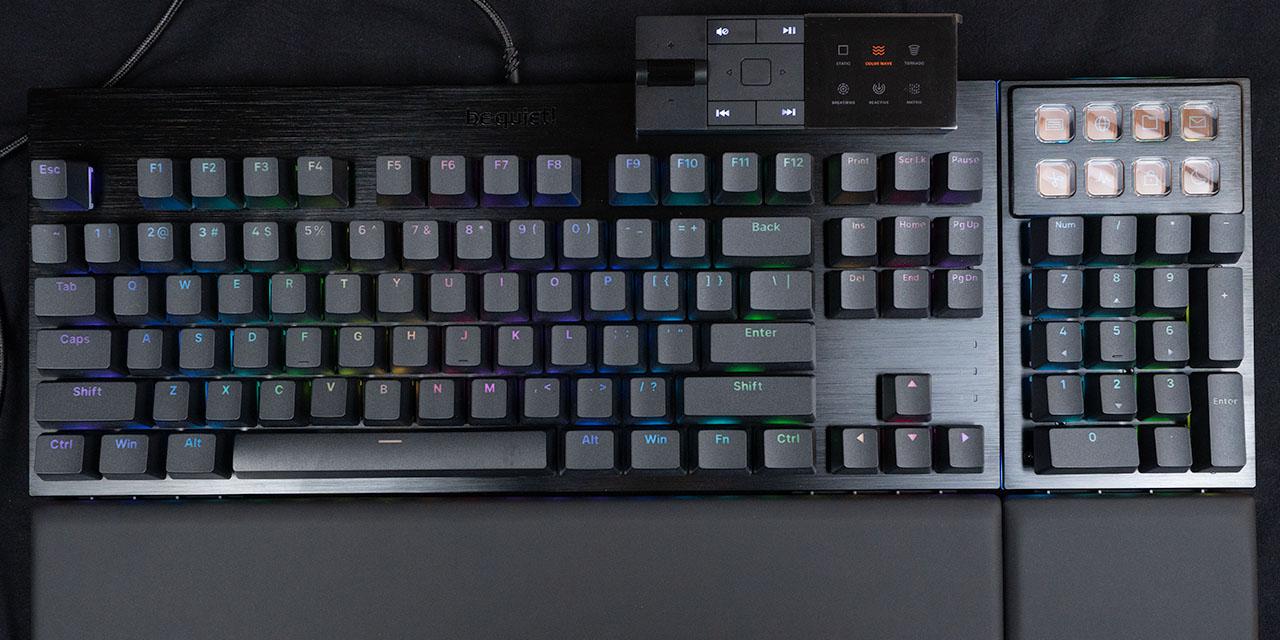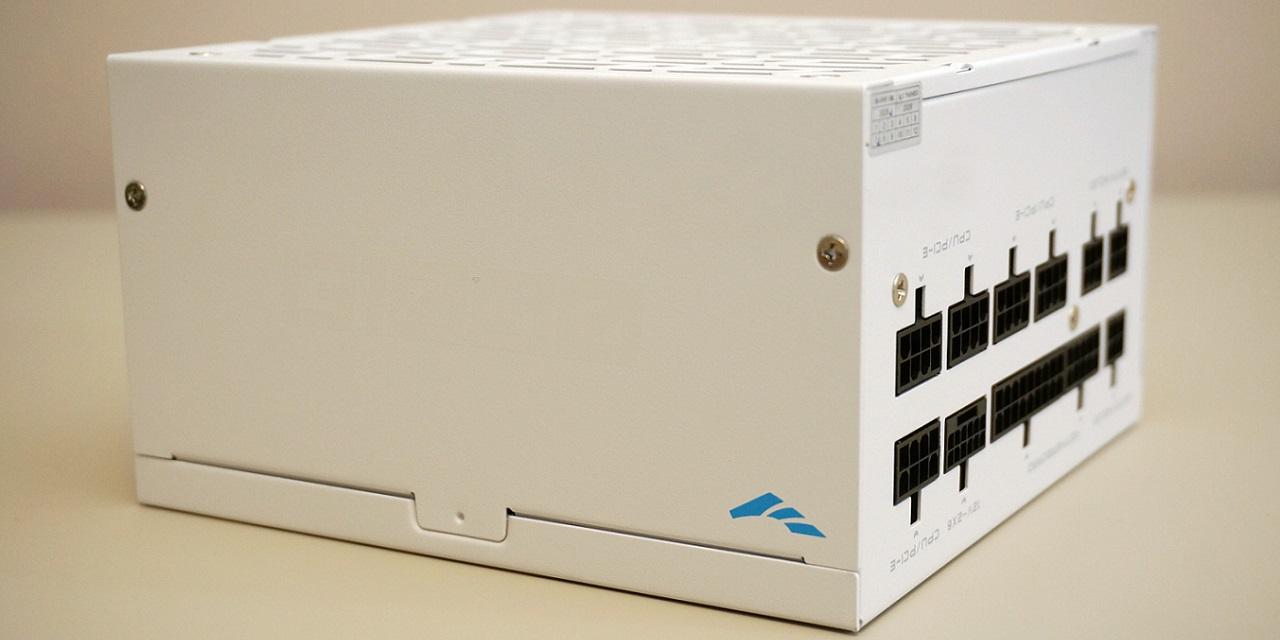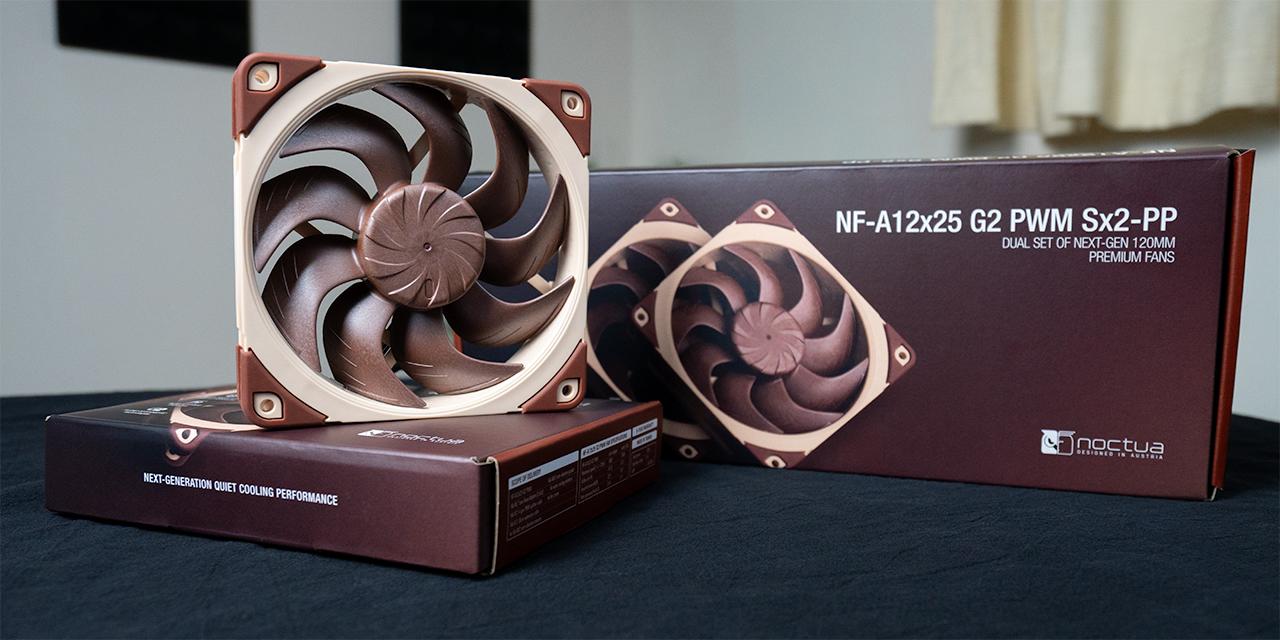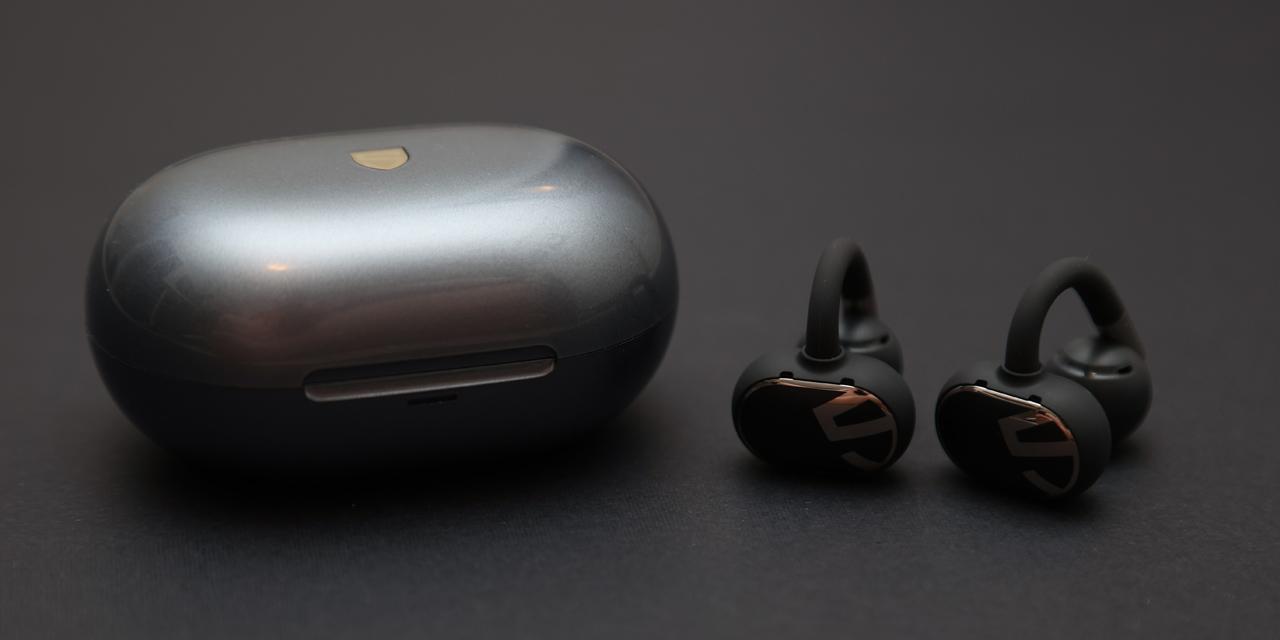Page 2 - Physical Look - Outside

Unsurprisingly, the SilverStone SETA A2 reminds me of the SETA A1 I reviewed over five years ago. This includes similar color options of rose gold-white or black. On the front, we have the same diagonal aluminum front panel that curves outwards for a unique look. The previous SETA A1 was a bit curvier with this diagonal wave, but the overall design language remains the same. Also, our SETA A2 looks more bronze and less rose colored. There is a notable gap between the aluminum and the white plastic front panel, but it is filled in with a large translucent light diffuser. This helps the RGB LED light strips on the front panel spread out light more evenly. Conversely, the front pane has many holes to let air pass through the front. A SilverStone logo is located on the bottom left corner of the front panel. On the side, there is a tempered glass panel that is not tinted and easy to see through. Plastic shrink wrap covers both sides to provide some protection on the glass pane. While the SETA A2 is not a big departure from the original design, it incorporates a bit more function with the front perforated design without changing the form.
In terms of material choices, there is steel and tempered glass on the SilverStone SETA A2 for a solid feel. The front protrusion is a matte-finished aluminum piece on top of a plastic backing. Everything feels solid and does not easily flex or bend. In terms of mass, these materials contribute to the SilverStone SETA A2's 14.35kg, which is quite a bit heavier than the previous A1. As for dimensions, the SETA A2 has 521.4mm height, 538.5mm depth, and 244.7mm width. This again makes it notably larger in all directions than the original. This size increase is justified, and you will find out why when we inspect inside the case later on in this review.

From the top, this is a better view of the user-facing I/O. These inputs and outputs are placed along a thin column and look quite clean together. From front to back, we have power and reset buttons. The buttons both have LEDs behind the buttons to indicate power and drive activity, respectively. Next, we have two USB 3.1 Type-A ports, a pair of 3.5mm audio jacks for headphones and a microphone, and a USB 3.2 Gen 2 Type-C port. Finally, we have a small LED button that controls the integrated lighting. It is nice to see a dedicated button, as some case manufacturers tell users to use the reset button instead. Beside this column is an array of ventilation holes. This ensures airflow through the top region.

Looking at the other side, there is a solid steel panel with a column of ventilation near the front. This ensures air can flow in and out of the case when you mount fans or radiators along the side. At the back, there is a large slot at the top for the motherboard I/O with a ventilation area to mount a single 120mm or 140mm exhaust fan or radiator. A single 140mm fan is already installed here. Underneath, there are eight expansion slots, which are all perforated for more airflow. They are held to the rest of the case with standard screws. Finally, at the bottom, there is a bracket with an opening for an ATX-sized power supply.

On the bottom, the SilverStone SETA A2 has a few things to note. In the middle is a large plastic frame and fine mesh that covers all the ventilation holes underneath. This frame sits on a set of metal guides to keep it all in place. You can see, however, the metal guides were damaged in multiple places. This likely occurred during shipping, but thankfully, it did not hamper the sliding frame from moving. The frame can be removed from the back of the SETA A2 for cleaning purposes. In each corner is a plastic foot with some rubber padding in place to ensure the computer case does not move about. With feet, they raise the entire SETA A2 off the surface by around 21mm, allowing for sufficient room for air intake or exhaust. At the front, a small lip is present to help you pull off the front panel with ease.
Page Index
1. Introduction, Packaging, Specifications
2. Physical Look - Outside
3. Physical Look - Inside
4. Installation and Conclusion
